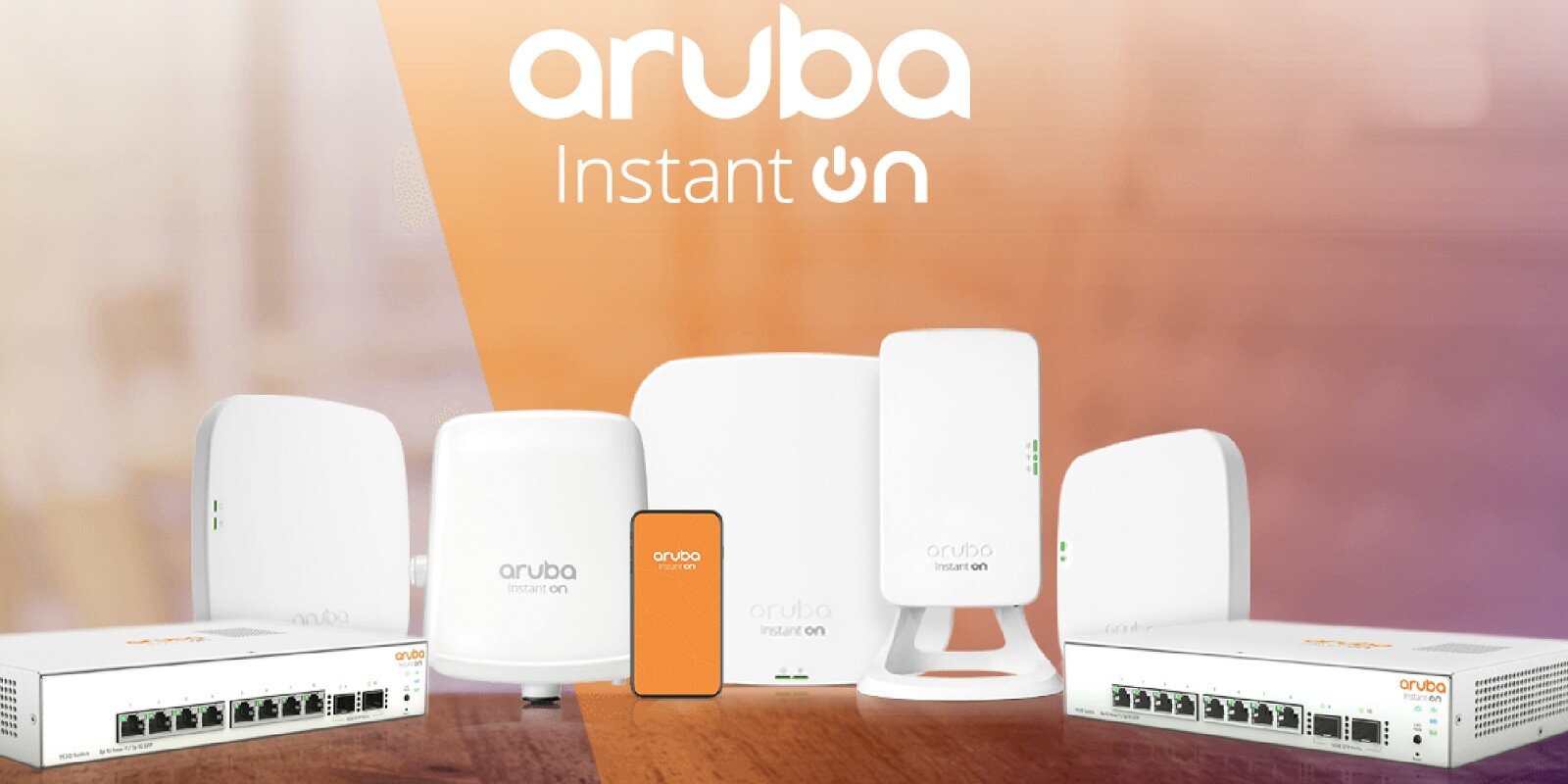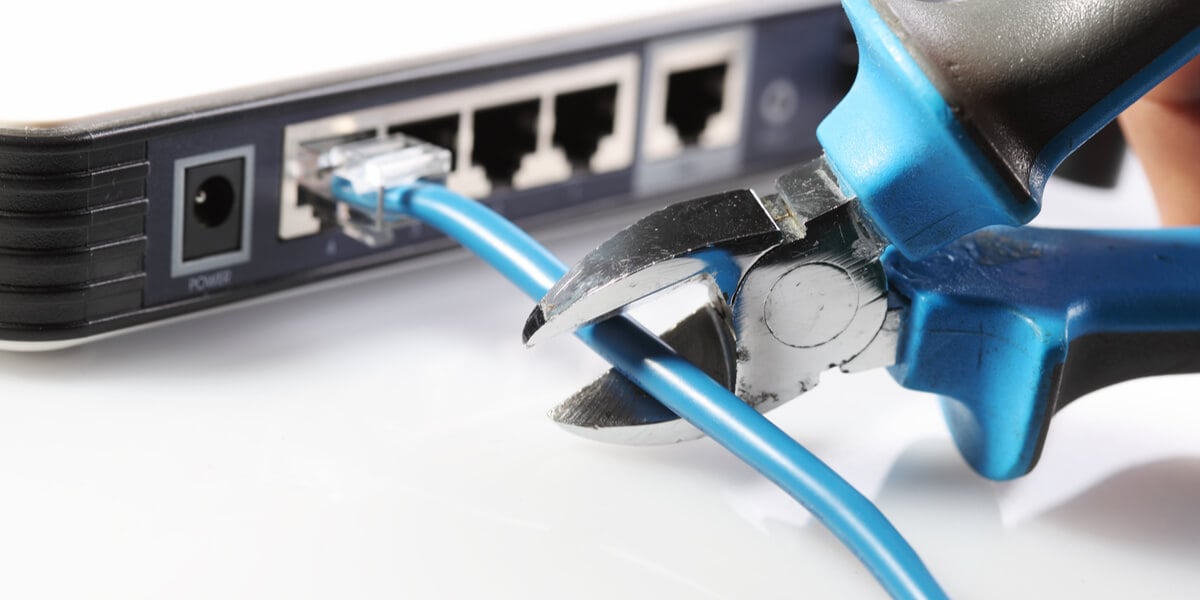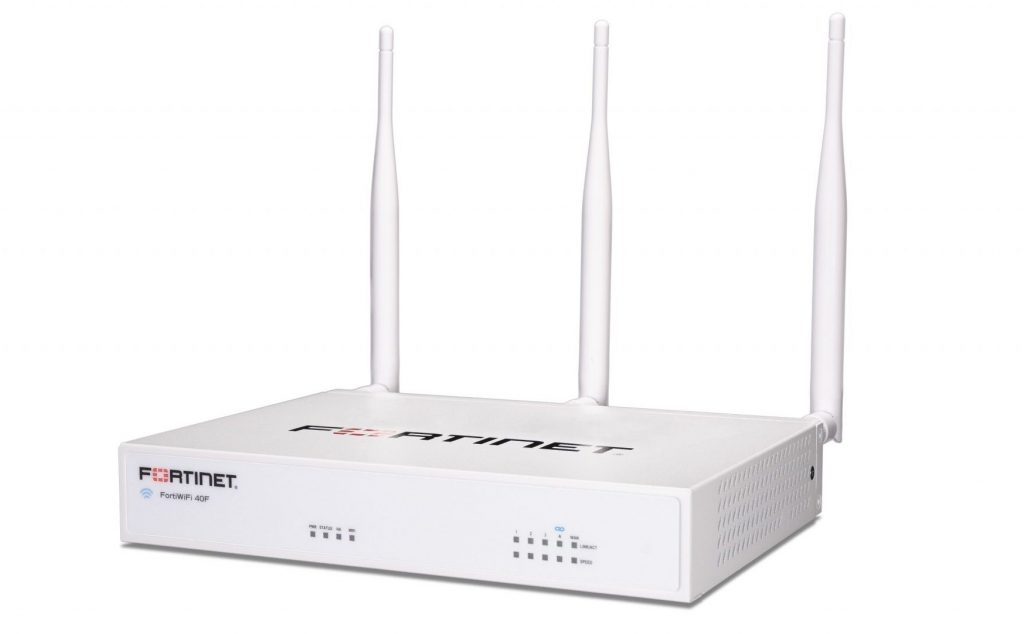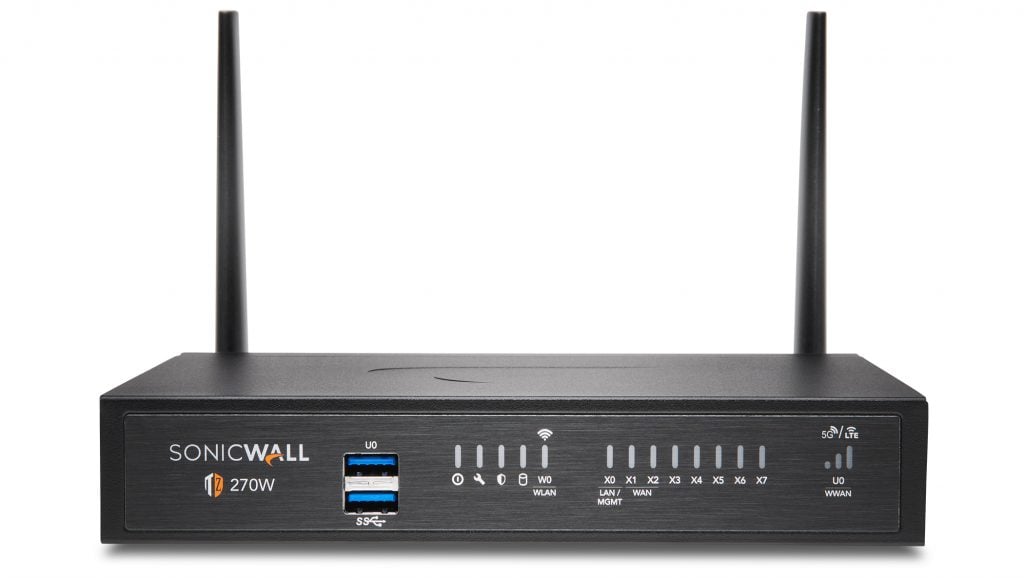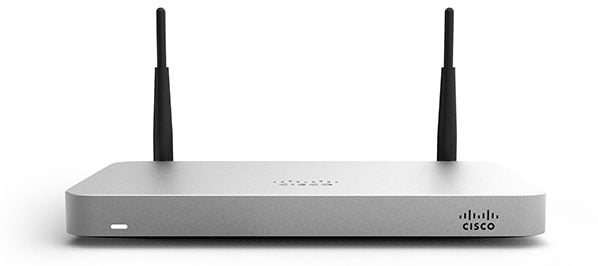You’re a small business owner with a lengthy laundry list of tasks and some DIY self-reliance. You can do your own research. You can learn. But cyber security is something that needs to be done and done right, so you’re not going to just charge into the fray. So, how hard is setting up a secure network, really?
The degree of difficulty can range from fairly straightforward to hair-pullingly complex. The specific goals and pain points of your organization will be driving factors in the type of hardware you purchase, the endpoint protection you run, and the shape of your network. This post is an ideal starting point for the fearless small business owner ready to ascend the cyber security summit. Here are three questions every small business owner should ask themselves before setting up their network.
Question 1: What are my unique goals?
Network security solutions are not one size fits all. Small business owners should consider the unique challenges that face their industry, their location, and the specific needs of their business. While a powerful content filtering service may be a make-or-break factor for a school district, that same service may be irrelevant to a marketing agency that relies on unfettered access to content. Retailers face PCI compliance requirements in order to secure their POS systems, but a contracting business that rarely processes in-person transactions has little use for a PCI compliant buildout.
Outline the average workday in your office and list which aspects of network utilization are critical for optimizing productivity and reliability. If your organization requires nimble network performance, you may pursue a leaner, dynamic security solution that won’t be bogged down with excessive UTM applications. If your organization deploys mobile workers or operates a web of remote offices, you may want to focus your efforts on VPN tunnels, email security, and secure remote access.
These considerations ultimately influence your decisions regarding the size, brand, and throughput of the firewall you purchase. If you seek reliability and beginner-friendly management, an appliance from SonicWall’s TZ Series could be a great fit. If you want to assign performance-heavy services, subscriptions, or apps on your network, you’ll find that a WatchGuard Firebox T Series appliance can handle the intense workload smoothly. And if you’re an adventurous early-adopter type that swept their school science fair multiple years running, you’ll have a ton of fun exploring the steeper learning curve and nuanced capabilities of a Sophos XG Firewall.
Question 2: What licenses, subscriptions, or services will run on my firewall?
If network security is a car, the new firewall box you just got in the mail is the chassis and engine of that car. You can put it in drive and go, but cars have come a long way since basic stop-and-go functionality. Consider your add-ons. While technically optional, you’re probably not going to stick with a car for long if it doesn’t have A/C, radio, ABS, seatbelts, power steering, or cupholders. You may not need or want all of these options, but most everyone will find a few they can’t go without.
Corporate email breaches and phishing represent some of the most aggressive threats in 2017 and that trend will only grow in 2018. Cloud-based sandbox environments guarding your inbox, such as SonicWall Capture ATP, may prove invaluable assets to protecting users. AntiSpam clients can mitigate the dangerous and endlessly irritating deluge of junk mail barraging mail servers. Sophos Intercept X is a powerful next-generation guard against ransomware and is designed to seamlessly supplement whatever hardware or security features you already run.
Your answers to Question 1 will help to develop comprehensive answers for this question. The unique needs of your organization dictate the number and types of security licenses you employ, so make sure to overturn every stone.
Mix and match. Bundle to save money. Test-drive some free trials. Your options are endless!
Question 3: Exactly how hard is configuring a firewall?
You’ve got a shortlist of firewall appliance options. You’ve got a pretty good idea of the licenses and security services you want to employ. Surely you’re nearing the peak of this massif, right? Unfortunately, the most complex step still awaits: configuration.
The infrastructure of your network will need to be diagrammed and implemented. NAT policies and rules must be put in place that instruct your firewall how to respond to various situations and stimuli. You will likely want to segregate the users on your network into smaller, more manageable user groups. Configuration is a complex process that requires plentiful considerations.
Firewalls.com provides some resources to the DIY network builder such as our manufacturer-specific training videos, YouTube tutorial library, and premium support if you get yourself in a pinch. Nonetheless, we still recommend leaving the details of configuration in the hands of a professional.
No matter what brand you roll with, Firewalls.com has in-house engineers dedicated to mastering each system and this is evidenced by a suite of certifications, awards, and reviews Firewalls.com has earned over the last two decades. After all, we are Firewalls-dot-freaking-com, so we’ve done this a time or two! You’re a small business owner who still has a lot of ground to cover. Why not consider having our expert team do the configuration for you while you get a head start on the next summit?

An Even Easier Option for the Small Business Owner
If you’ve asked yourself all three of these questions and feel empowered to secure your own network, congratulations! We’re rooting for you, you cunning small business owner, unafraid to confront new challenges.
If these questions raised some doubt, no problem. There are easier options. Firewall-as-a-Service is the perfect choice for a small business owner looking to deploy a secure network with as little muss and fuss as possible. Think of it like renting security layers: we’ll bring the firewall, the services, the configuration, and the expertise. Just show us where to plug in and we’ll lock down your network, mitigate threats, and minimize network downtime with a convenient, discreet deployment.




